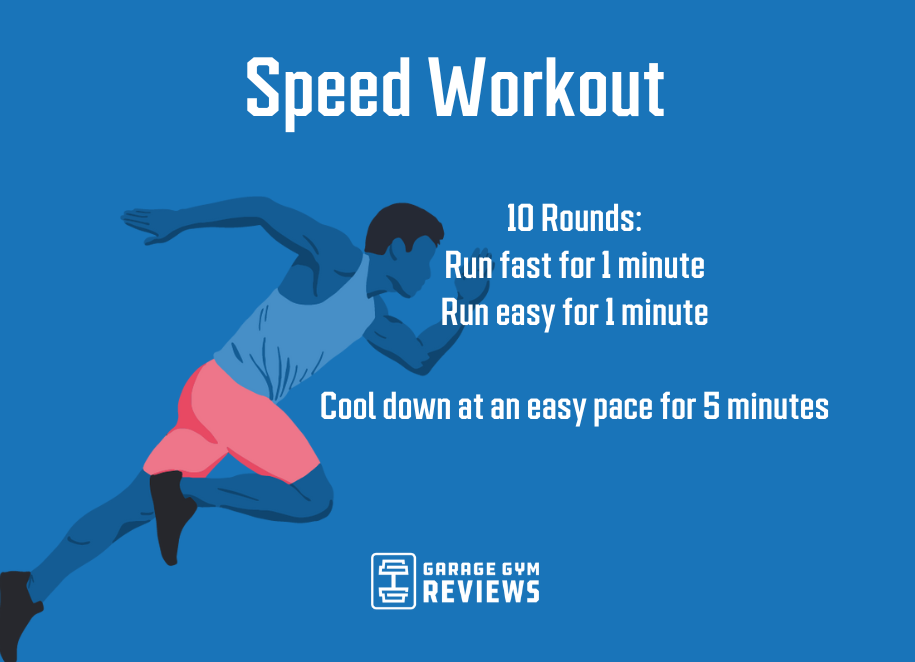Getting Rid Of Discomfort in Operating: Methods and Strategies That Job
Discomfort is a typical friend for several runners, usually functioning as an obstacle to attaining their desired goals. With the right approaches and methods, it is feasible to get rid of and also stop the discomfort associated with running. By discovering numerous techniques such as comprehending the different types of running discomfort, enhancing shoes and kind, including cross-training and toughness exercises, executing reliable recuperation approaches, and preserving proper nutrition and hydration, runners can possibly minimize their discomfort and enhance their overall running experience.
Recognizing Different Sorts Of Running Discomfort

An additional sort of running discomfort is joint discomfort, which can manifest as a sharp or achy discomfort in areas such as the knees, hips, or ankles (running strategy). Joint pain may be triggered by aspects like incorrect running kind, overuse, or underlying conditions like arthritis (more about it here). It is essential to separate in between muscle soreness and joint pain, as the latter may need medical focus to stop further injury
Comprehending the various kinds of running discomfort is vital for reliable monitoring and prevention methods to ensure a secure and delightful running experience.
Appropriate Footwear and Running Form
To optimize performance and lower the risk of running-related injuries, choosing proper shoes and preserving correct running form are crucial parts for joggers of all levels. It is recommended to choose running shoes that are particularly designed for the individual's foot kind, running stride, and the kind of running activity they involve in.
:max_bytes(150000):strip_icc()/running-longer-or-faster-31e97070bda14ffc8afdea52094504c7.jpg)
Cross-Training and Stamina Exercises
Strength workouts, like squats, lunges, and core workouts, play a vital role in supporting muscles and enhancing running efficiency. They can deal with muscle imbalances, enhance dexterity, and improve power output, all of which are crucial for running efficiency.
Incorporating cross-training and stamina exercises right into a running routine should be done purposefully. It is very important to permit appropriate rest between running sessions and cross-training activities to stop overuse injuries. Additionally, focusing on proper type and method throughout toughness workouts is crucial to maximizing their advantages and minimizing the danger of injury. By integrating these aspects right into a running routine, joggers can build a stronger structure, improve performance, and enjoy a more lasting running experience.
Recuperation and Relax Methods
Having developed the significance of cross-training and toughness workouts in a detailed running regimen, interest can currently be directed towards Healing and Relax Techniques as important elements for optimizing performance and minimizing the risk of injuries. (running strategy)
Recuperation after running is crucial for muscle mass fixing and development. Techniques such as foam rolling, stretching, and massage therapy help in minimizing muscle discomfort and improving adaptability. Sufficient remainder in between runs permits the body to recover and adapt to the physical tension, stopping overuse injuries.
Integrating energetic healing days into a training schedule, where low-intensity tasks like walking or cycling are carried out, can boost blood circulation and advertise healing without putting excess strain on the muscular tissues. In addition, correct hydration and nutrition play a vital function in the recuperation procedure by renewing lost liquids and nutrients.
Quality sleep is another necessary facet of recovery that need to not be neglected. During sleep, the body undertakes repair and regrowth procedures, adding to overall physical and psychological wellness. By focusing on recuperation and remainder techniques, joggers can preserve optimum performance levels and decrease the probability of experiencing pain or injuries.
Nutrition and Hydration for Runners
Just how can joggers maximize their performance via proper nutrition and hydration practices? Nourishment and hydration are vital facets of a jogger's training routine, playing an essential role in efficiency, endurance, and recovery. To boost performance, runners should concentrate on taking in a healthy diet that includes carbs, proteins, healthy and balanced fats, vitamins, and minerals. Carbs offer power for running, while healthy proteins help in muscle fixing and healing. Healthy and balanced fats support general wellness and assistance in soaking up vital nutrients. Sufficient hydration is additionally vital to keep optimum performance, as also mild dehydration can negatively impact running efficiency. Runners ought to consume alcohol water prior to, during, and after their go to stay hydrated. Electrolytes, such as sodium and potassium, are additionally essential for maintaining liquid balance and muscular tissue function - running workout. Additionally, timing dishes and treats appropriately before runs can aid prevent stomach pain and give the required power for peak performance. By focusing on that site their nutrition and hydration, joggers can improve their endurance, quicken healing, and perform at their finest.
Verdict
In final thought, by comprehending the numerous kinds of running pain, putting on appropriate footwear, keeping appropriate running type, incorporating cross-training and toughness workouts, prioritizing recuperation and rest, and concentrating on nourishment and hydration, runners can properly get over pain and enhance their performance. Executing these techniques and methods can help joggers avoid injuries, enhance their endurance, and ultimately take pleasure in a more meeting running experience.